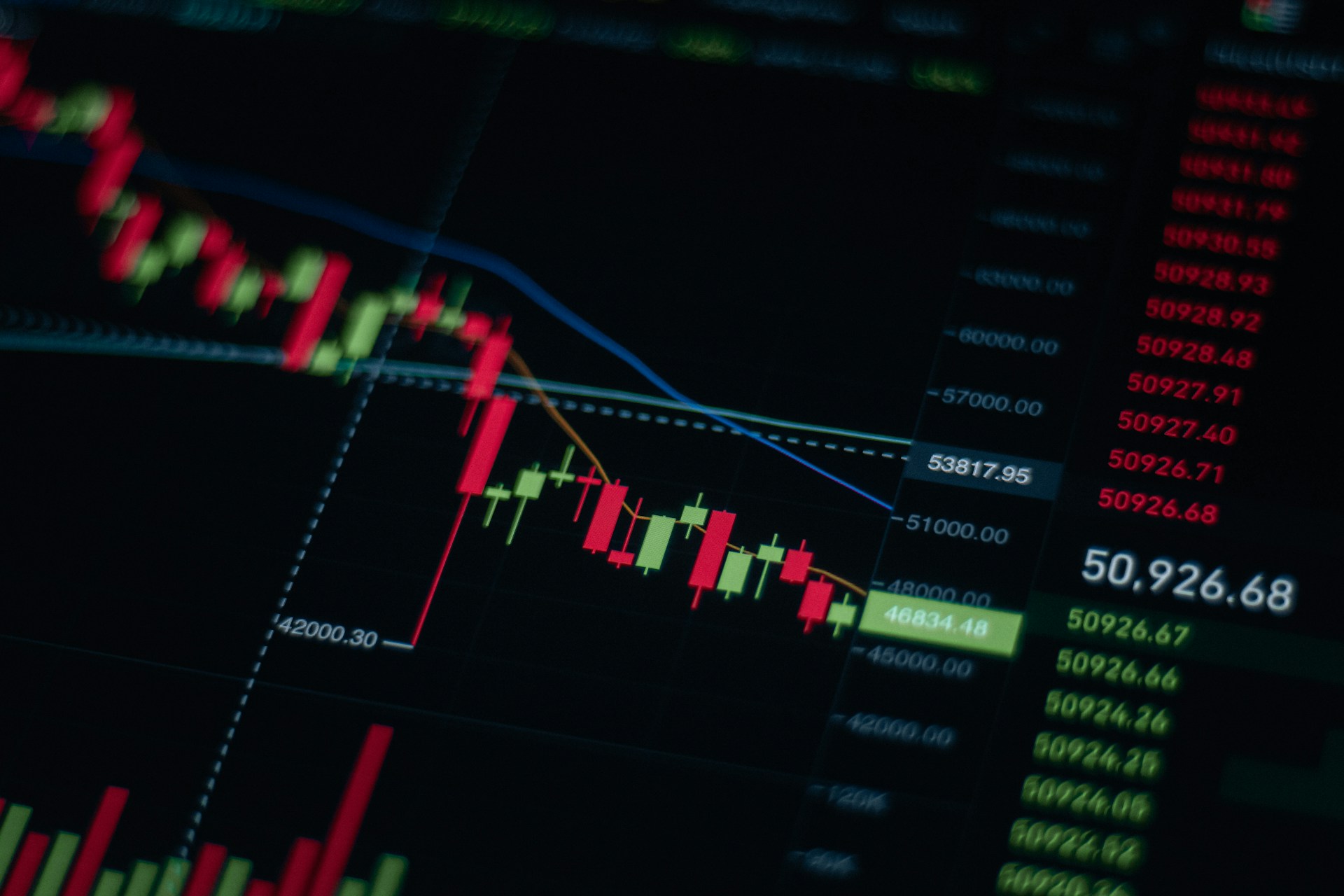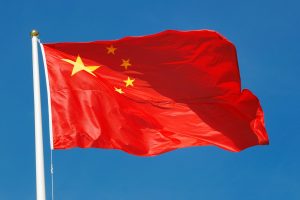Concerns are growing over the stability of Germany’s public pension system, with the prospect of retirement ages rising to 69, 70, or even higher. This flagging confidence is pushing many individuals to build their own adequate retirement savings, often utilizing the “three-pillar model” (statutory, private, and occupational).
In this climate, investing in the stock market has never been more accessible, thanks to a proliferation of mobile apps and robo-advisors. Exchange Traded Funds (ETFs) have become an incredibly popular choice for new investors. However, experts caution that this simplicity masks potential pitfalls, warning investors against scenarios that could leave them “32 years in the red.”
Defining the ETF
In layman’s terms, an ETF is simply a basket of many different stocks and bonds that can be purchased with a single click. For instance, rather than buying shares in all 40 of Germany’s largest companies individually, an investor can just buy an ETF that tracks the German Stock Index (DAX).
ETF stands for Exchange Traded Fund; it is designed to mirror an existing index. Unlike traditional funds, there is no active fund manager deciding which stocks to include—the investor buys the entire, pre-set package. Because they are broadly diversified, ETFs generally carry less risk than individual stocks. Put simply: an ETF is a straightforward, low-cost way to invest in many companies simultaneously with minimal effort.
Passive Strategy: Risks vs. Rewards
This passive approach means that if the underlying index falls, the ETF’s price also declines automatically, and the investor cannot intervene. This strategy presents both opportunities and risks.
However, financial experts emphasize a crucial statistic: over a ten-year period, more than 95 percent of active funds—those managed by professionals attempting to outperform the market—actually perform worse than a simple ETF tracking the global market.
The reason, according to capital market research, is that it is simply not possible to accurately and consistently predict market highs and lows. The stock market always trades on the expected future, which is inherently unpredictable. Despite this volatility, investors who select an appropriately long-term time horizon can, in fact, anticipate relatively predictable returns.
Key Advice for New Investors
For those just starting, the most important step is to clarify the goal and the investment horizon. Experts offer a clear rule of thumb: do not invest money that you will need within the next four years. Investing becomes a viable option starting from year five, provided the portfolio also includes bonds to ensure stability.
Example: Complex and Niche ETFs
While many new investors are advised to use simple, broad-market funds, the ETF landscape also includes highly specialized and complex products. These funds cater to specific strategies rather than general, diversified investing.
A case in point is a product like the KraneShares KWEB Covered Call Strategy ETF. This fund focuses specifically on the CSI Overseas China Internet Index and seeks to provide current income by writing (selling) covered call options on its holdings. With key data (as of 10/29/25) showing a high 424% turnover rate and a 30.76% yield, this type of fund represents the complex side of the market, far removed from the simple index funds recommended for beginners.









